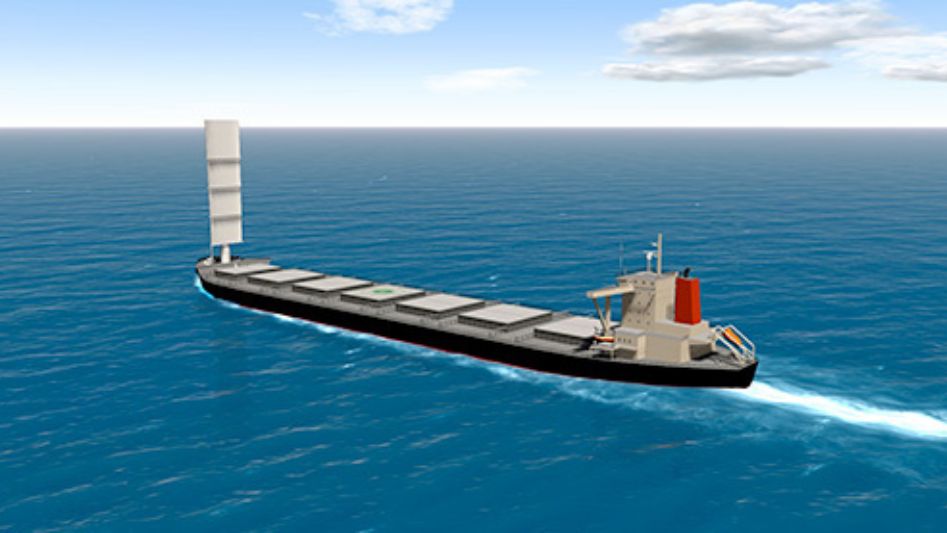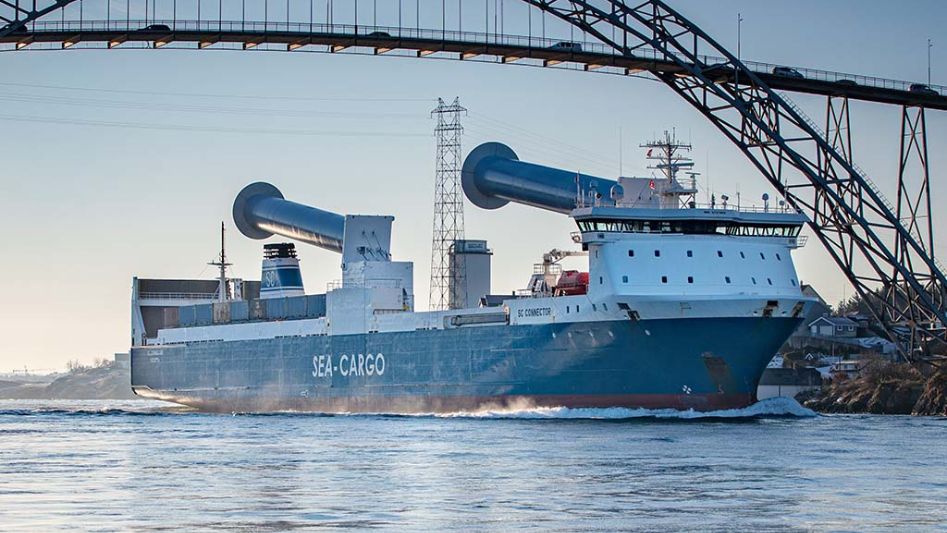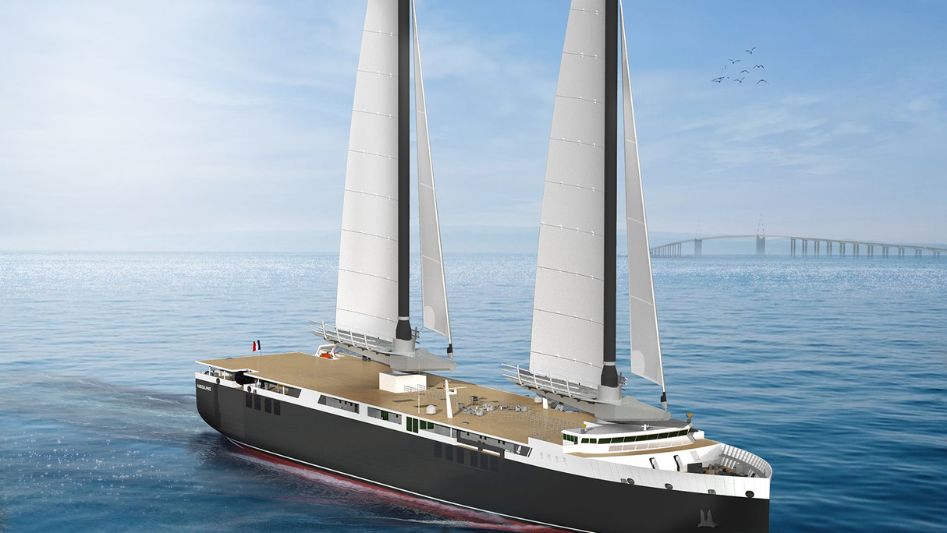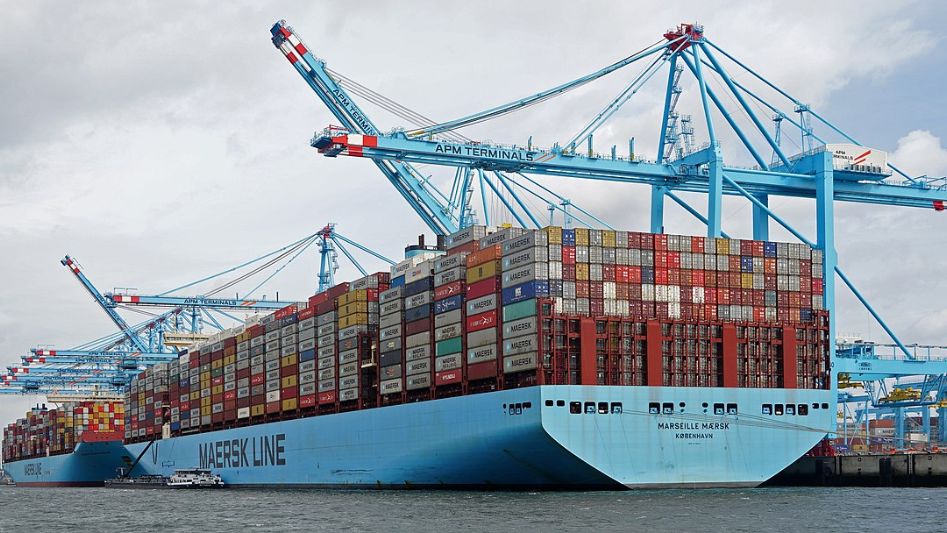Seawing, a revolutionary cargo vessel retrofit that uses centuries-old sailing ship technology to capture wind power from the open ocean, aims to lower emissions by 20%.
Table Of Content
Fueled by the wind, cargo ships can reduce their carbon footprint by 20%. Stakeholders in the fossil energy sector had better get moving quickly if they want to keep living the “high-carbon lifestyle” for much longer. The Seawing is an innovative retrofit for cargo vessels that uses centuries-old sailing ship technology to capture wind power from the open ocean, with the goal of reducing emissions by 20%.
We invite you to read: “World’s First Floating Wind Farm Performing Well Beyond Expectations”
Zero Emission Wind Power Left The Global Shipping Industry
Before the advent of steam-driven propulsion in the 19th century, the worldwide shipping sector relied solely on wind power to operate. The age of steam did not remain dominant for very long. The introduction of marine fuel oil in the 1930s pushed steam to the sidelines, and by the end of the century, steam had all but disappeared.
Marine fuel oil, as defined by Maritime Insight, includes bitumen, tar, and their emulsions, as well as crude oils with a density at 15 oC greater than 900 kg/m3 and fuel oils with a density at 15 oC greater than 900 kg/m3 (or a kinematic viscosity at 50 oC greater than 180 mm2/s).
The unpleasantness you’re sensing is warranted. About 3 percent of the world’s carbon emissions come from the maritime industry, and a successful decarbonization strategy has not yet emerged. C&EN, a newsletter of the American Chemical Society, provided a brief summary of the situation back in February of this year.
Organizations on a global scale have set a goal of halving shipping’s carbon footprint in the next few years, but the road to decarbonizing the maritime sector is paved with obstacles. Liquefied natural gas, hydrogen, ammonia, and methanol are just some of the alternative fuels that experts are investigating as they assess different strategies for reducing ship emissions. There are benefits and drawbacks to each option when considering pollution, safety, feasibility, and cost.
Furthermore, zero-emission wind power returns
Part of the solution, it seems, has been right in front of our noses the whole time. Airseas, a French startup owned by Airbus, is one of several companies in recent years to propose new types of sails that can be used to harvest wind power for cargo ships.
CleanTechnica first learned of the Seawing in 2018, when AirAseas debuted its distinctive parafoil sail. Parafoils are sails that function like canopies but don’t require a mast. Instead, they can be flown like kites at a great height above the ship to take advantage of the stronger, more consistent winds there.
The Seawing can soar up to 200 metres in altitude, cutting fuel consumption and carbon emissions by an estimated 20 percent. The realistic savings range begins at a still-respectable 10% and tops out at a whopping 40%.
We invite you to read: “Wind-Powered Cargo Ships: How Do They Work?”
A High-Tech Twist on Old Technology
That’s more complicated than it first appears. The figure-eight flight path that the Seawing is meant to use captures 10 times the amount of wind power that would otherwise be available. Airseas engineers used their knowledge of aerospace to create a ship with a fully autonomous flight system.
Airbus commissioned a Ro-Ro (roll on, roll off) ship to transport wheeled freight, and in December 2021, Airseas revealed that it had successfully installed its new Seawing system on the vessel. The conversion was completed in a rapid two days. Two Capesize bulk cargo ships operated by K Line, the world’s largest shipping company, were retrofitted by Airseas with the Seawing wind power system (Kawasaki Kisen Kaisha, Ltd.).
In addition to retrofitting three of its smaller “post-Panamax” bulk cargo ships with wind power last summer, K Line made headlines for other developments. In addition, K Line and Airseas have signed an agreement to integrate the Seawing control system with K Line’s cutting-edge “Kawasaki Integrated Maritime Solutions” onboard technology. The goal is to maximise wind energy collection for all vessel types and routes.
In a press statement, K Line stated, “K LINE and AIRSEAS have inked a technology development agreement for the effective utilisation of the traction power from the “Seawing” based on renewable energy.”
Scaling Up For The Sailing Ships Of The Future
As far as I can tell, this is just the beginning. Seawing4Blue is a new project supported jointly by Airseas and the EU with the goal of increasing the use of wind power as a major, near-term pathway toward maritime decarbonization.
There will be a serial version of the Seawing in production by 2024, with 1,000 Seawings in service by 2030 if all goes according to the Seawing4Blue project’s current timeline.
According to Airseas, the SEAWING4BLUE serial product “will be an integrated system composed of a 1000 square metre kite wing controlled by a pod, a deck structure including a 36-meter-high mast to deploy the wing and a storage tank, and software technologies to control the flight automatically (digital twin technology) and to help the crew in routing the ship (ecorouting software).”
More Renewable Energy to Sail the Seven Seas
Other wind power methods are being tested by the shipping sector. These include hard sails, which were originally used by racing boats, and column-type energy harvesters, which take advantage of the Magnus effect.
It’s true that none of these are perfect, but Airseas argues that wind power can speed up decarbonization in the crucial near-term period before the end of this decade.
If everything else stays the same, wind power may also aid in reducing fuel costs for the maritime industry under a low-carbon scenario in the years to come.
For instance, Yara is one of the major players in the search for green ammonia as a replacement for heavy oil by capitalising on developments in the green hydrogen sector.
There is also the relatively recent addition of electrofuels to the mix. Maersk, a global shipping conglomerate, has partnered with BMW, American Airlines, and other industries to advance the use of alternative fuels.
The Onshoring Solution
Obviously, reducing the amount of cargo shipped internationally is one surefire way to reduce emissions from the shipping industry.
Given the intricate web of international supply chains, that will be quite an undertaking.
Nonetheless, there are increasing indications of an onshoring trend. In the United States, for instance, the solar business has been dormant for forty years but is now showing signs of a return to domestic growth.
Another major factor is new recycling technologies that could assist businesses with decentralised, distributed sources of raw materials for varied goods.
We invite you to read: “The Biggest Wind Projects Running Now”
Conclusion
Besides lessening emissions, wind-propelled ships also protect the water by reducing noise pollution. Starn claims that the Vega is much quieter than a regular container ship. “The dolphins aren’t scared of the boat, so they swim right up to you.” Being so in tune with the natural world is a very humbling experience.
FAQs
What do you call a ship that runs on wind power?
In order to propel itself, a rotor ship is built to take advantage of the Magnus effect. Large, powered vertical rotors, also called rotor sails, help move the ship.
Just how fast can a cargo ship travel?
But generally speaking, the speed of container ships, a relatively quick cargo ship, is around 20 knots (37 km/h), and the speed of huge cargo ships hauling iron ore or oil is approximately 12–15 knots (22–28 km/h). However, while planes can deliver freight much faster than ships, they cannot compete in terms of loadable quantity.
What ships harness the power of the wind?
The cargo ship Oceanbird is powered by a wing sail that can be tilted or folded. The ship uses modern technology to harness wind instead of fossil fuels, which destroy the water.
You May Also Like
- Google Buys 43MW of Wind Energy While Saving Birds
- Can Wind Turbines Withstand Hurricanes?
- Wind Power In Africa – Can Wind Help The Development Of The Region?
- How Machine Learning is Powering up Wind and Solar Energy
- Floating Offshore Wind Is Driven By Dramatic Innovation




